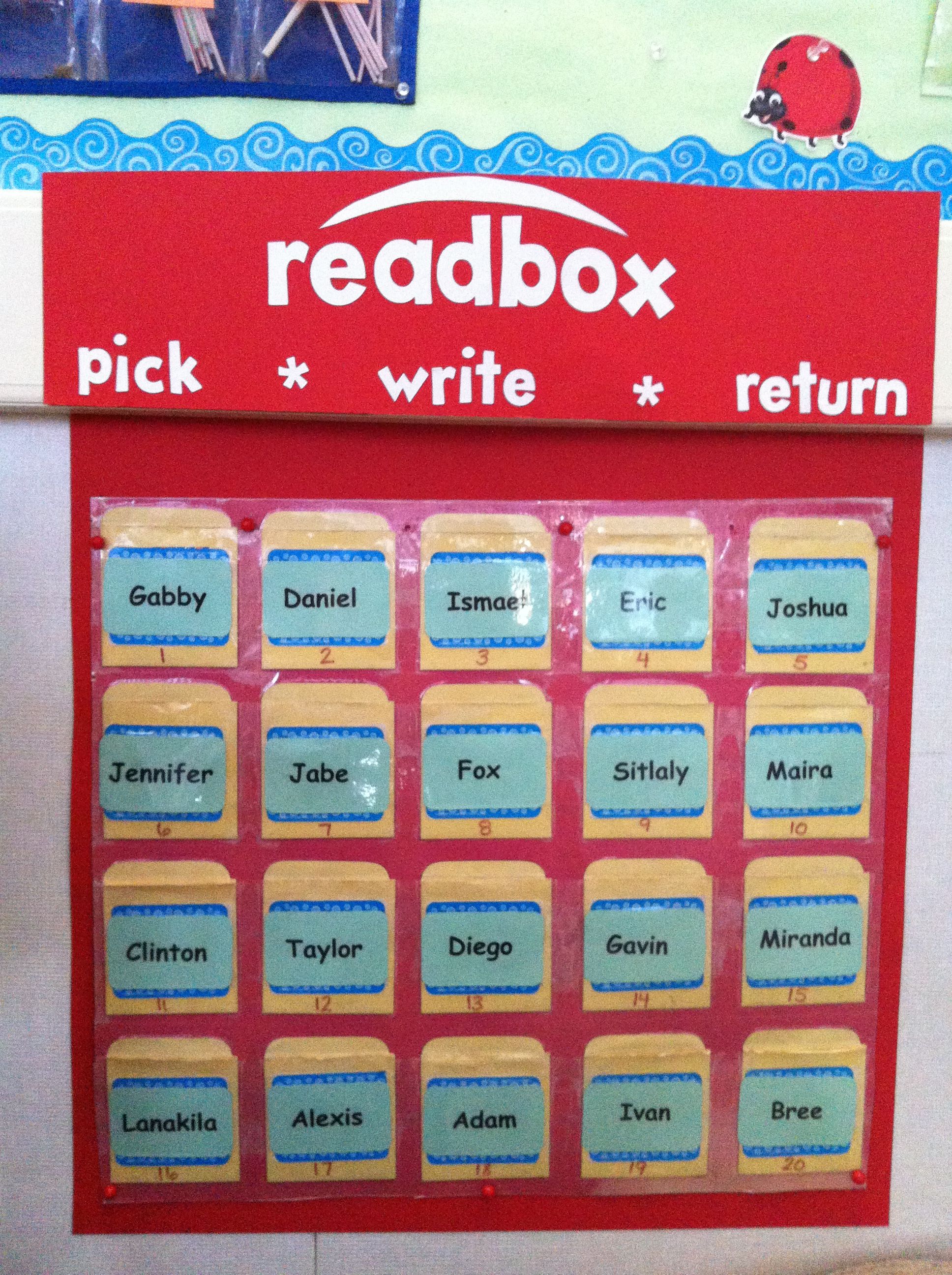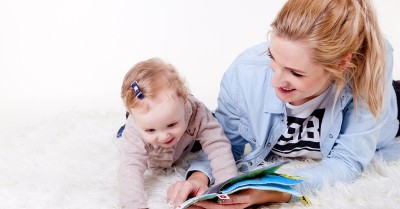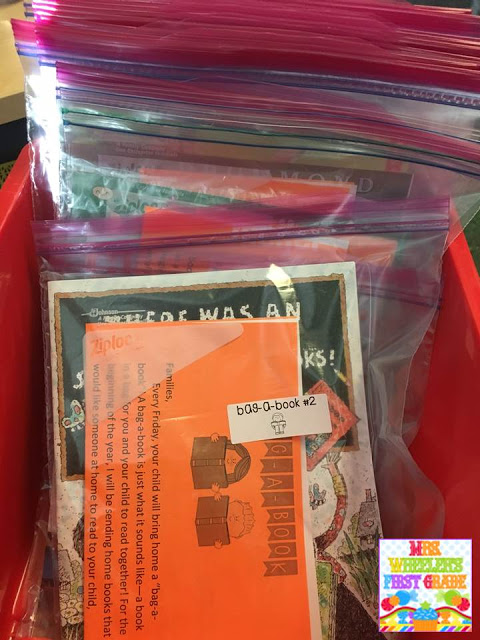Reading books supports children to become emergent readers, it teaches sharing and involvement and develops early literacy skills. The Take Home Book Program guides families in building, confident and fluent readers and builds positive relationships between home and preschool.
Easy access to a range of resources encourages children to create their own texts and provides many opportunities for educators to talk with children about concepts of print such as letters, words and punctuation and to extend their oral language, alphabet knowledge and phonemic awareness.
Benefits of using the Take-Home Book Program:
- Involve families in their child’s education.
- Encourage oral language development through questions provided on cards.
- Increase comprehension skills.
- Develop early literacy skills such as identifying letters, letter sounds, and rhyming.
- Social emotional development such as separation anxiety.
- Learn how to follow rules and develop responsibility.
- Foster motivation to read.
Getting Started
Send Home A Permission Form
- A permission slip allows parents the opportunity to opt-in to the take home book program. It outlines how the program works and ensures that families understand what to do. A permission slip helps keep parents and children accountable for each book being sent home.
Collecting Books
- First of all you need to have a collection of books that can be borrowed by each child in the Preschool Room. These books can be separate from those you use in your "Reading Area" within your room environment.
- If you need more books, have a look at op shops, 2nd hand stores, exhibitions and you can even ask families to donate any books that are being unused.
- Once you have your collection of books you need book bags that children can take their borrowed book home in. You could ask Parents itself, however the easiest and cheapest way is to use zip lock bags itself. On the Zip lock bag add a tag with the name of the book on it. So, each bag contains one book that can be borrowed.
Borrowing Books
- Books can be borrowed as often as the child wants to take a book home, however the book must be returned before another book is borrowed. Children can take home a book for a week maximum before needing to return it.
- You should also have a dedicated set up for "Take Home Books". Books can be placed in a basket/crate near the Parent Sign in area so when signing in/out children can select a book before going home.
What To Include
- The Take Home Book Program should be simple for Parents to want to participate in and provides an opportunity for families to spend quality reading time with their child. The first and fore most should be the book. You could also include a tip sheet for Parents on questions they could ask while reading the story, hints etc. A Journal can also be included in each bag for the individual book that each child can contribute too. Each child could draw their favourite character or parts of the story, get Parents help to provide feedback of the story etc (this is optional for families and the child to complete
- Another option for allowing children to take books home is to give them printable books. Since they are a copy you don't have to worry about them being damaged or get
- ting lost.
- You could also provide a feedback form for the child and Parent to fill in together after reading the story. This should not be compulsory for families to fill in (optional). The main importance is the child and Parents reading together.
Check Out System
To keep track of which books are being borrowed and books being returned by families you need to develop a check out a system. Some ideas include:
1. Check In/Out Form - A simple form can be created which parents can fill in themselves (honour system) or Educators can fill in. It can be as simple as a form which states the child's name, name of the book, date borrowed, date returned, and comments (such as book needs repairs, torn pages etc).

2. Library card system - You place a library card pocket in the front cover of each book. Then, you place an index card with the book title and author’s name inside that pocket. When children want to take a book home, they take out the card and place it into their own library pocket that has their name on it. When they bring back the book, put the library card back into its pocket, and their pocket remains empty until they check out another book.


3. Photos - Take a photo with the child holding the book. When they return it, delete the photo.

The Check Out System needs to meet the needs of the service, It should be simple and efficient and not take up extra time of the Educators or the Parents.
Hints and Tips:
- A month after implementing the Take Home Book Program, complete a Parent Survey to see how they are finding it. Is it working well? Is their child still interested? These responses will enable you to make any necessary changes.
- You can also add activities that match the book such as a craft/worksheet/etc.
- Include a small stuffed animal for the child to read to.
- If you don't want all children to borrow a book, you could choose one child per week to take a book bag home. In this bag you could include 3 to 5 books, parent letter, small activities such as craft projects (including materials), activities related to the story etc.
- If books get lost or damaged, parents should pay for a replacement.
- Send reminders home for those children who have borrowed a book for longer than a week.
- Children could make their own book bags using folders/paper bags that they have decorated.
- Have a variety of books available for the children such as I Spy, Pop Up Books, Flip Up Books, Storybooks, Books Of Interest etc.
- You could also do Take Home Activity Bags, Birthday Bag, Lost A Tooth Backpack and more!
It is important to remind families that shared book experiences, songs and rhymes, literacy-enriched dramatic play and the integration of literacy throughout the day are the most effective ways to support children’s understandings of the core components of literacy.
The Take Home Book Program are designed to be fun and informative ways for families to share literacy and learning experiences at home. It encourages families to be actively involved in their child's learning.
References:
Learning About Literacy, CELA
Take Home Book Program, Pre K Pages
Managing a Take Home Book Checkout System, Learning At The Primary Pond




 As an Educator in Australia, your pay rate falls under the Children’s Services Award 2010. This award states the minimum amount that an employer can
As an Educator in Australia, your pay rate falls under the Children’s Services Award 2010. This award states the minimum amount that an employer can When working as a qualified Early Childhood Teacher (with a university degree) within a service, your rate of pay will come from the Educational Services
When working as a qualified Early Childhood Teacher (with a university degree) within a service, your rate of pay will come from the Educational Services When working as a Diploma Qualified Educator your pay rate is from the Children's Services Award 2010. This Award states your minimum rate of pay
When working as a Diploma Qualified Educator your pay rate is from the Children's Services Award 2010. This Award states your minimum rate of pay When working as a Cert 3 Qualified Educator, your pay rate is from the Children's Services Award 2010. This Award states your minimum rate of
When working as a Cert 3 Qualified Educator, your pay rate is from the Children's Services Award 2010. This Award states your minimum rate of Educational Leaders play a crucial role in their early childhood service by ensuring that the educational program aligns with best practices and supports the holistic
Educational Leaders play a crucial role in their early childhood service by ensuring that the educational program aligns with best practices and supports the holistic In early childhood education and care, ratios are more than a technicality—they are a frontline safeguard. Every child deserves responsive supervision, emotional connection, and developmental
In early childhood education and care, ratios are more than a technicality—they are a frontline safeguard. Every child deserves responsive supervision, emotional connection, and developmental Here’s a comprehensive Mobile Phone and Smart Watch Policy tailored for early childhood education and care (ECEC) services in Australia, aligned with the latest 2025
Here’s a comprehensive Mobile Phone and Smart Watch Policy tailored for early childhood education and care (ECEC) services in Australia, aligned with the latest 2025 With the new national child safety reforms kicking in on 1 September 2025, early childhood services like yours have a real opportunity to lead the
With the new national child safety reforms kicking in on 1 September 2025, early childhood services like yours have a real opportunity to lead the The Sea of Fish Challenge is a national initiative that invites children, educators, families, and communities to create and display fish artworks as a symbol
The Sea of Fish Challenge is a national initiative that invites children, educators, families, and communities to create and display fish artworks as a symbol Across the early childhood education and care sector, educators are sounding the alarm: current staffing ratios are insufficient to deliver safe, meaningful, and developmentally appropriate
Across the early childhood education and care sector, educators are sounding the alarm: current staffing ratios are insufficient to deliver safe, meaningful, and developmentally appropriate


